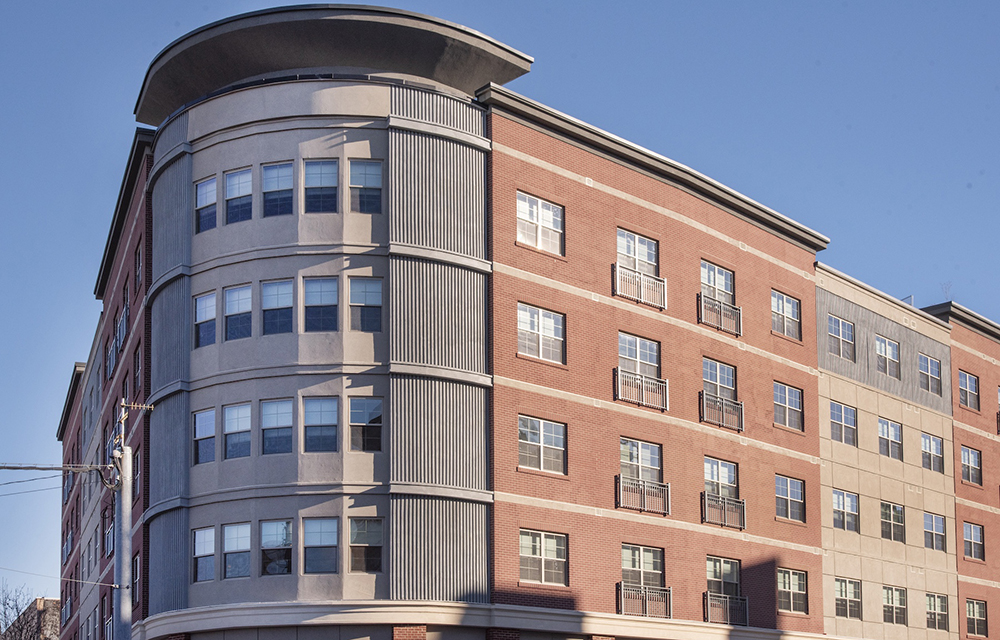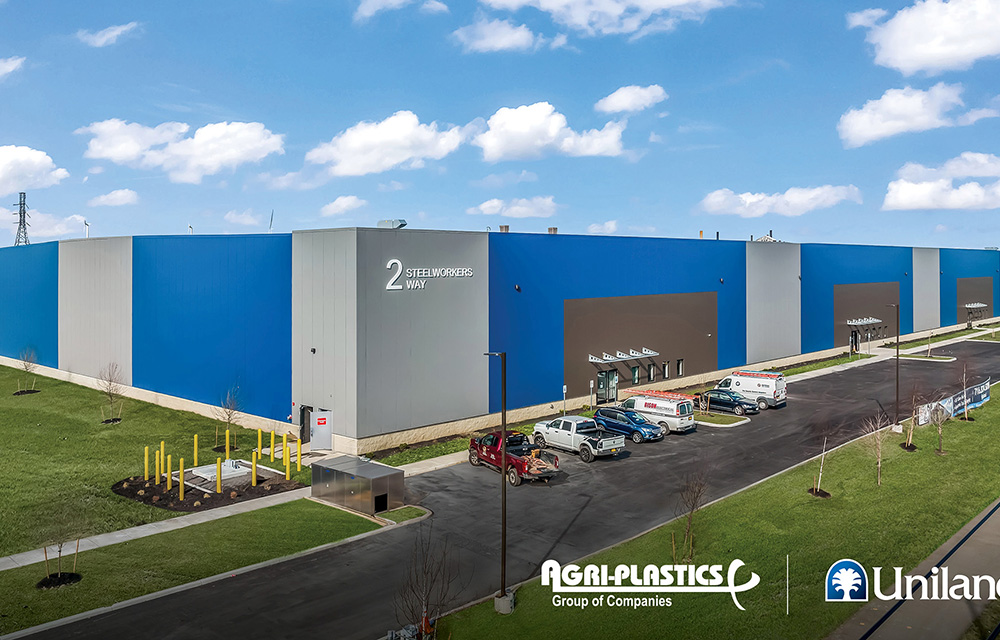News:
Brokerage
Posted: February 12, 2013
Dynamic changes on horizon for commercial real estate
Sizeable inventories of office space and slow job growth will continue to influence the commercial real estate market in 2013. But signs of the end of these trends, which dealt tenants a substantial amount of clout last year in Connecticut and New York markets, may begin to appear on the horizon toward the latter half of 2013. Consequently, as the months pass, both landlords and tenants will likely begin taking steps to position themselves for a commercial real estate market where supply and demand are in a better-not perfect-state of balance.
Overall, economists have painted a pretty rosy picture for commercial real estate in 2013.
A recent PricewaterhouseCoopers LLC and Urban Land Institute report has predicted U.S. property sectors and markets to, "register noticeably better prospects as compared with last year." Investors, frustrated with low yields from bonds and other financial instruments, will be especially drawn to the handsome income produced by commercial real estate, and they will allocate, "substantial sums of capital to the real estate asset class."
The National Association of Realtors (NAR) echoed this upbeat forecast, saying most of the major U.S. commercial real estate sectors "show gradually improving fundamentals." According to NAR, office vacancy rates should drop to 15.7% by the fourth quarter of 2013 from 16.7% in the fourth quarter of 2012. During the same period, retail vacancy rates should drop to 10.6% from 10.8%. Fairfield County, Conn. and Long Island had some of the nation's lowest retail vacancy rates as of last November at 3.9% and 5.1%, respectively.
Tenants, along with their real estate law attorneys, will have to factor these trends into negotiations for lease agreements. For example, when it comes to negotiating the term of the lease-long-term vs. short-term-tenants will have to consider that if their lease expires in late 2014 or afterward, they may end up shopping for space in a far different leasing environment. Rents will likely be incrementally higher, quality space may be harder to come by, and landlords may have lost some of their motivation to do whatever it takes to secure a tenant.
With a more robust economy on the distant horizon, tenants negotiating leases should anticipate their potential for growth. What are their renewal options? Can the space they currently rent or are inquiring about sustain expansion? Is it more attractive to have the landlord build out space for an expanding tenant instead of relocating? Is the landlord willing to freeze the rent for the first few years of the lease, with annual increases not scheduled to go into effect until the commercial real estate market is well into a turnaround? These will be important questions for tenants and their lawyers in 2013. Even with a brighter forecast ahead of them, landlords still want to land-and keep-good tenants, and many will likely continue to have positive answers to these questions.
In some areas, commercial developers are aggressively adding existing buildings to diversify their portfolios. As such, it is important for tenants and their lawyers to make sure lease agreements shield them from any adverse impact if a party acquires the building in which their space is located. Commercial tenants will want to make sure their lease covers this scenario and has the new owner honoring the lease for an extended period of time, if not the entire lease term. A longer period may be worth considering. If the new owner pushes them out or proposes untenable rent increases, it may take tenants more time to find adequate space in the anticipated and more competitive commercial real estate market.
Graig Zappia, Esq. is a partner at Tully Rinckey PLLC, Albany, N.Y.
Tags:
Brokerage
MORE FROM Brokerage
CBRE leases 9,527 s/f to Cypress Creek Renewables at 530 Fifth Ave.
Manhattan, NY In a transaction arranged by CBRE, Cypress Creek Renewables, a solar and energy storage developer and independent power producer, has inked a 9,527 s/f office lease at 530 Fifth Ave. The firm will occupy part of the 17th floor

Quick Hits
Columns and Thought Leadership

Lasting effects of eminent domain on commercial development - by Sebastian Jablonski
The state has the authority to seize all or part of privately owned commercial real estate for public use by the power of eminent domain. Although the state is constitutionally required to provide just compensation to the property owner, it frequently fails to account

AI comes to public relations, but be cautious, experts say - by Harry Zlokower
Last month Bisnow scheduled the New York AI & Technology cocktail event on commercial real estate, moderated by Tal Kerret, president, Silverstein Properties, and including tech officers from Rudin Management, Silverstein Properties, structural engineering company Thornton Tomasetti and the founder of Overlay Capital Build,

Strategic pause - by Shallini Mehra and Chirag Doshi
Many investors are in a period of strategic pause as New York City’s mayoral race approaches. A major inflection point came with the Democratic primary victory of Zohran Mamdani, a staunch tenant advocate, with a progressive housing platform which supports rent freezes for rent

Behind the post: Why reels, stories, and shorts work for CRE (and how to use them) - by Kimberly Zar Bloorian
Let’s be real: if you’re still only posting photos of properties, you’re missing out. Reels, Stories, and Shorts are where attention lives, and in commercial real estate, attention is currency.








.jpg)

.gif)